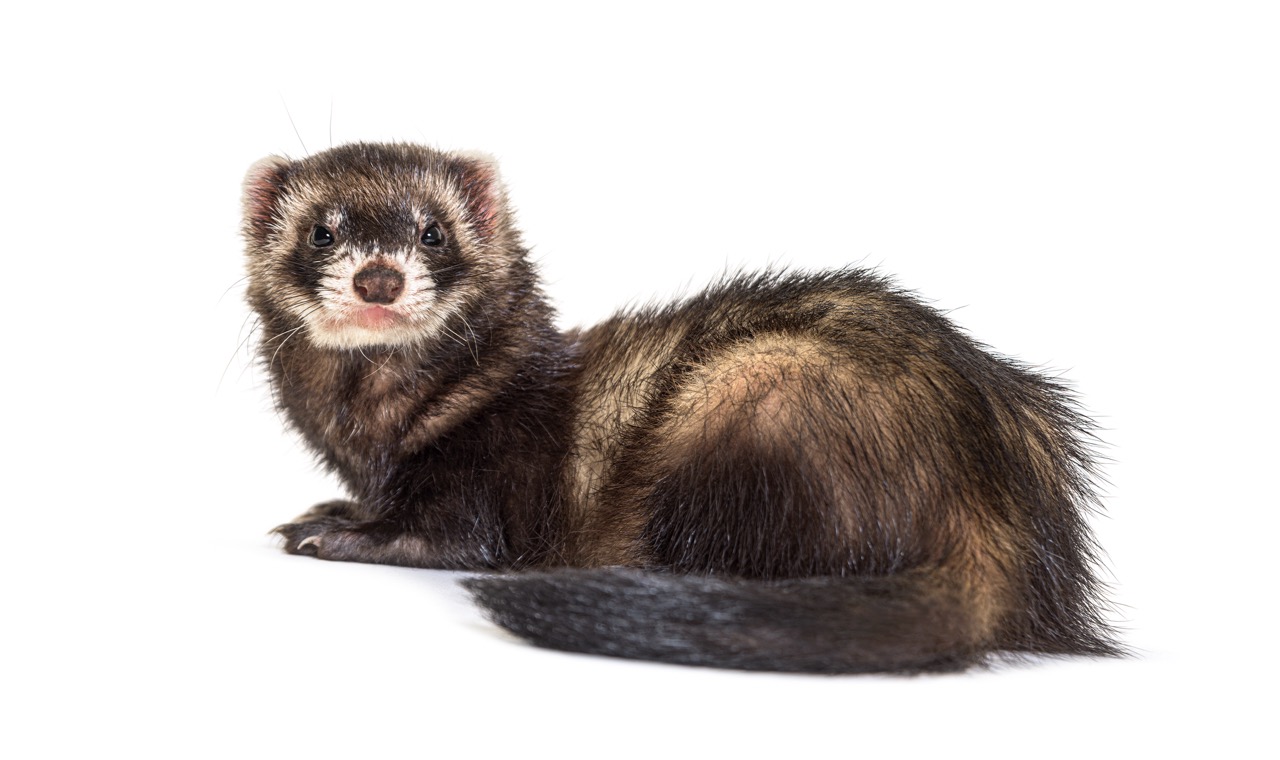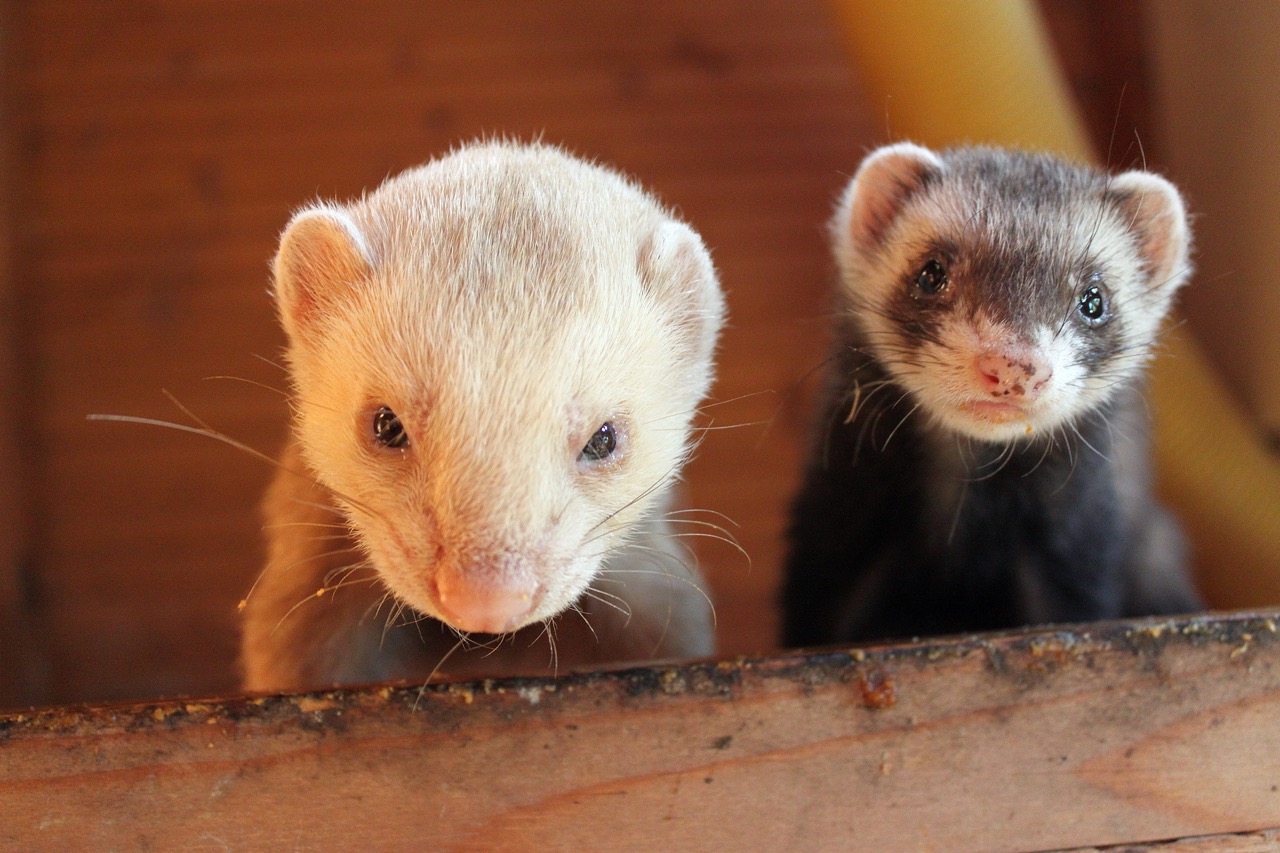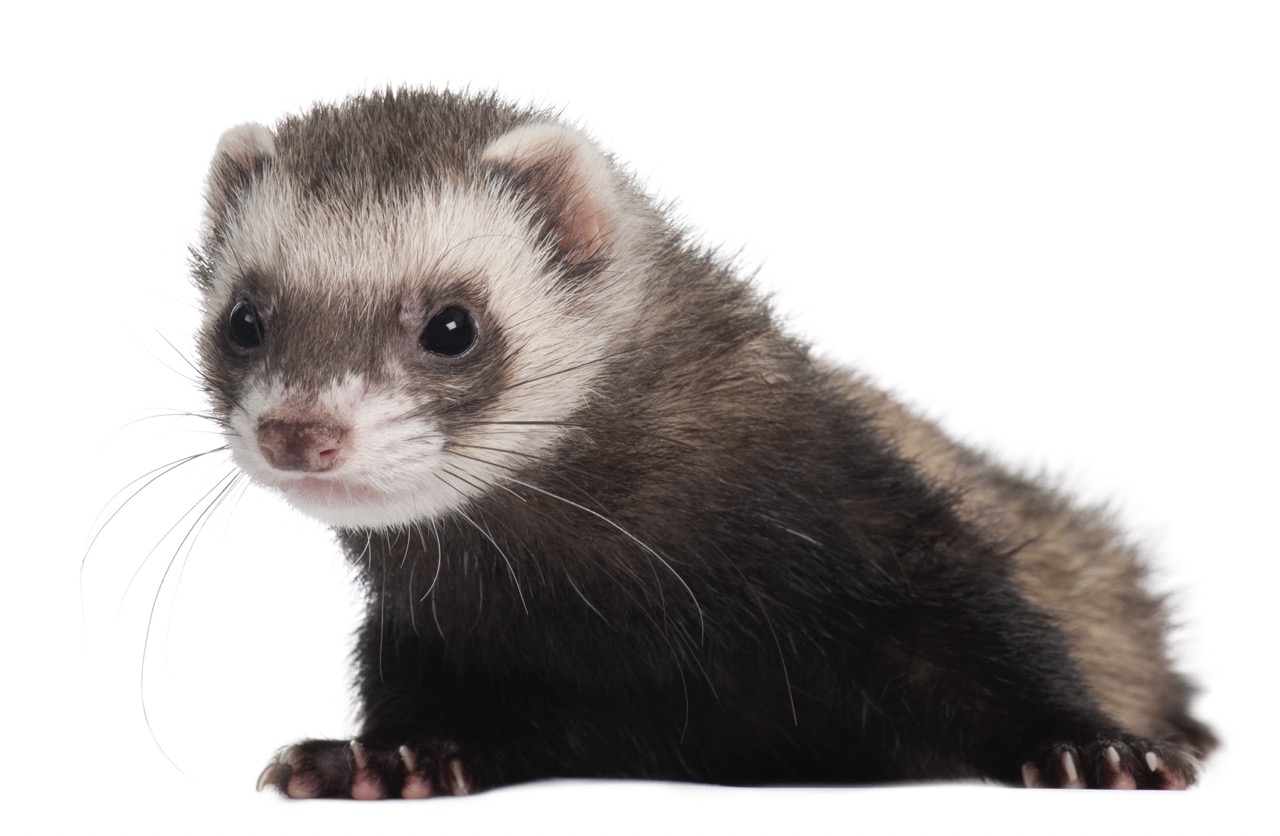Creating a ferret cage that promotes exploration is essential for the physical and mental well-being of these curious and playful animals. Ferrets are known for their inquisitive nature, and a well-designed cage can significantly enhance their quality of life by providing them with opportunities to explore, play, and engage in stimulating activities. In this article, we will delve into ferret behavior and their need for exploration, essential features to consider when designing a cage, recommended materials and tools for setup, and enrichment activities that foster exploration skills.
Understanding Ferret Behavior and Exploration Needs
Ferrets are naturally energetic and curious creatures, often referred to as "furry little thieves" due to their tendency to investigate and "steal" items from their environment. This behavior stems from their instinctual need to explore their surroundings, driven by their hunting ancestry. In the wild, ferrets are prone to roaming large territories, which means that a restricted environment can lead to boredom, frustration, and destructive behavior. Therefore, understanding their behavioral needs is crucial in creating a cage that encourages exploration.
To promote exploration, it’s important to consider the social nature of ferrets. They thrive on interaction, both with their humans and other ferrets, which can motivate them to explore different areas of their enclosure. A well-sized cage should allow for vertical climbing and horizontal roaming, offering diverse levels and spaces to satisfy their instinct to investigate. Additionally, incorporating hiding places, tunnels, and various textures can help mimic their natural habitat, making the environment more enticing for exploration.
Moreover, ferrets are intelligent animals that require mental stimulation to maintain their emotional health. A cage that promotes exploration should allow for problem-solving activities, such as puzzles or hidden treats, that engage their minds. By understanding ferret behavior and their exploration needs, you can create an environment that not only keeps them physically active but also mentally stimulated.
Essential Features for an Engaging Ferret Cage Design
The first essential feature for an engaging ferret cage is adequate space. A minimum of 24 cubic feet is recommended for a pair of ferrets, but larger is always better. This allows them to move freely, play, and explore without feeling confined. A multi-level cage design is particularly beneficial, as ferrets love to climb and explore different heights. Use shelves or ramps to create vertical space, ensuring that all surfaces are safe and secure to prevent accidents.
Another vital element is the presence of enrichment items. Incorporating tunnels, hammocks, and platforms encourages ferrets to navigate their environment actively. Tunnels can be made from various materials, such as cardboard or flexible plastic, while hammocks provide cozy spots for resting after a playful exploration session. Additionally, placing items like litter boxes and food bowls in different areas of the cage can encourage ferrets to roam and explore their surroundings.
Ventilation and cleanliness are also crucial considerations in cage design. A well-ventilated cage will help maintain a healthy environment, while easy-to-clean materials will ensure that waste and odors are managed effectively. Look for cages with removable trays or surfaces that can be wiped down easily. By focusing on these essential features, you can create a ferret cage that encourages exploration and keeps your furry friends happy and healthy.
Recommended Materials and Tools for Your Cage Setup
When building or customizing a ferret cage, the choice of materials is paramount to ensuring safety and durability. For the cage framework, opt for sturdy wire mesh or metal to prevent escape attempts. Avoid plastic materials, as ferrets can chew through them. Ensure the bars of the cage are spaced correctly to prevent their heads from getting stuck or escaping. Additionally, consider using non-toxic, safe paints or finishes if you’re building a wood structure.
For the interior setup, choose materials that are easy to clean and resistant to chewing. Products like removable plastic trays or ceramic dishes are excellent for food and water, as they can withstand frequent cleaning. For bedding, use soft, absorbent materials such as fleece or cotton fabric. Avoid using cedar or pine shavings, as they can be harmful to ferrets’ respiratory systems. Be sure to provide various textures to encourage exploration and play.
Finally, gather essential tools for assembly and maintenance, such as wire cutters, a drill, and various fasteners. You might also want to have storage bins for toys, food, and other supplies, making it easy to keep the cage organized and tidy. With the right materials and tools, you can create a safe and engaging environment that encourages your ferret to explore.
Adding Enrichment Activities to Foster Exploration Skills
Incorporating enrichment activities into your ferret’s cage is key to fostering their exploration skills. One effective way to do this is by introducing puzzle feeders or treat-dispensing toys. These items challenge ferrets to think critically and navigate their environment to earn rewards, simulating their natural foraging instincts. Additionally, rotating toys regularly can keep their environment fresh and interesting, preventing boredom.
Another engaging activity involves creating obstacle courses within the cage. Use items such as ramps, tunnels, and boxes to design a course that ferrets can navigate. You can set up challenges that require climbing, crawling, and jumping, providing them with physical exercise while stimulating their natural curiosity. Be sure to supervise them during playtime to ensure safety and encourage them as they explore.
Furthermore, consider adding items that promote sensory exploration, such as different scents or textures. For example, you can introduce items like crumpled paper, fabric swatches, or even safe herbs to stimulate their sense of smell. This sensory stimulation can enhance their exploration experience, making it not only enjoyable but also beneficial for their mental health. By incorporating diverse enrichment activities, you can create a dynamic environment that keeps your ferret engaged and encourages their natural exploratory behavior.
In conclusion, creating a ferret cage that promotes exploration is vital for the well-being of these lively animals. By understanding their behavior and exploration needs, implementing essential features in cage design, using appropriate materials, and adding enriching activities, you can foster a stimulating environment that encourages your ferrets to thrive. A well-designed cage not only enhances their physical health but also nurtures their emotional well-being, ensuring they lead happy and fulfilling lives. Embrace the challenge of designing an engaging space, and watch as your ferrets explore and flourish in their surroundings.










